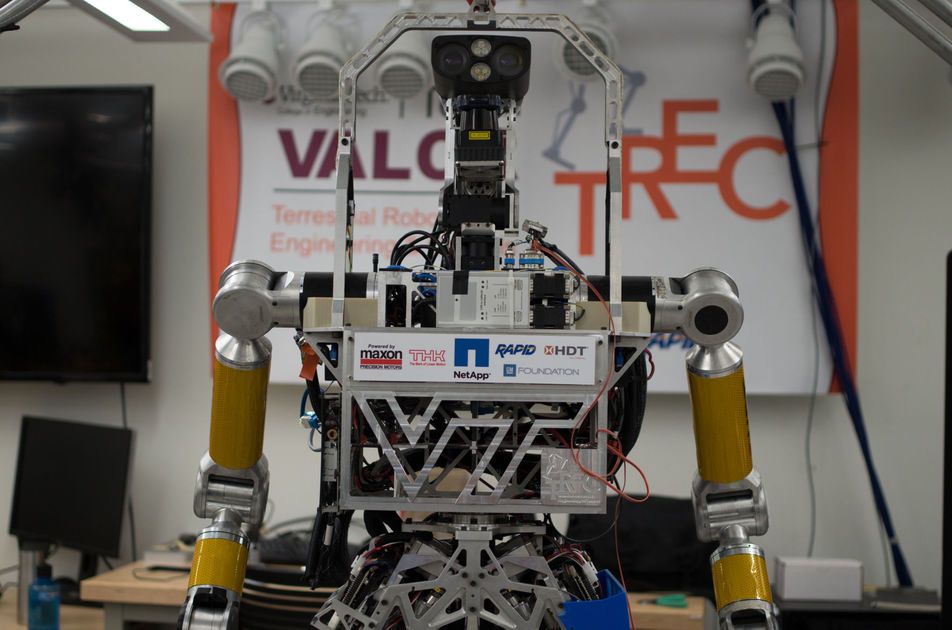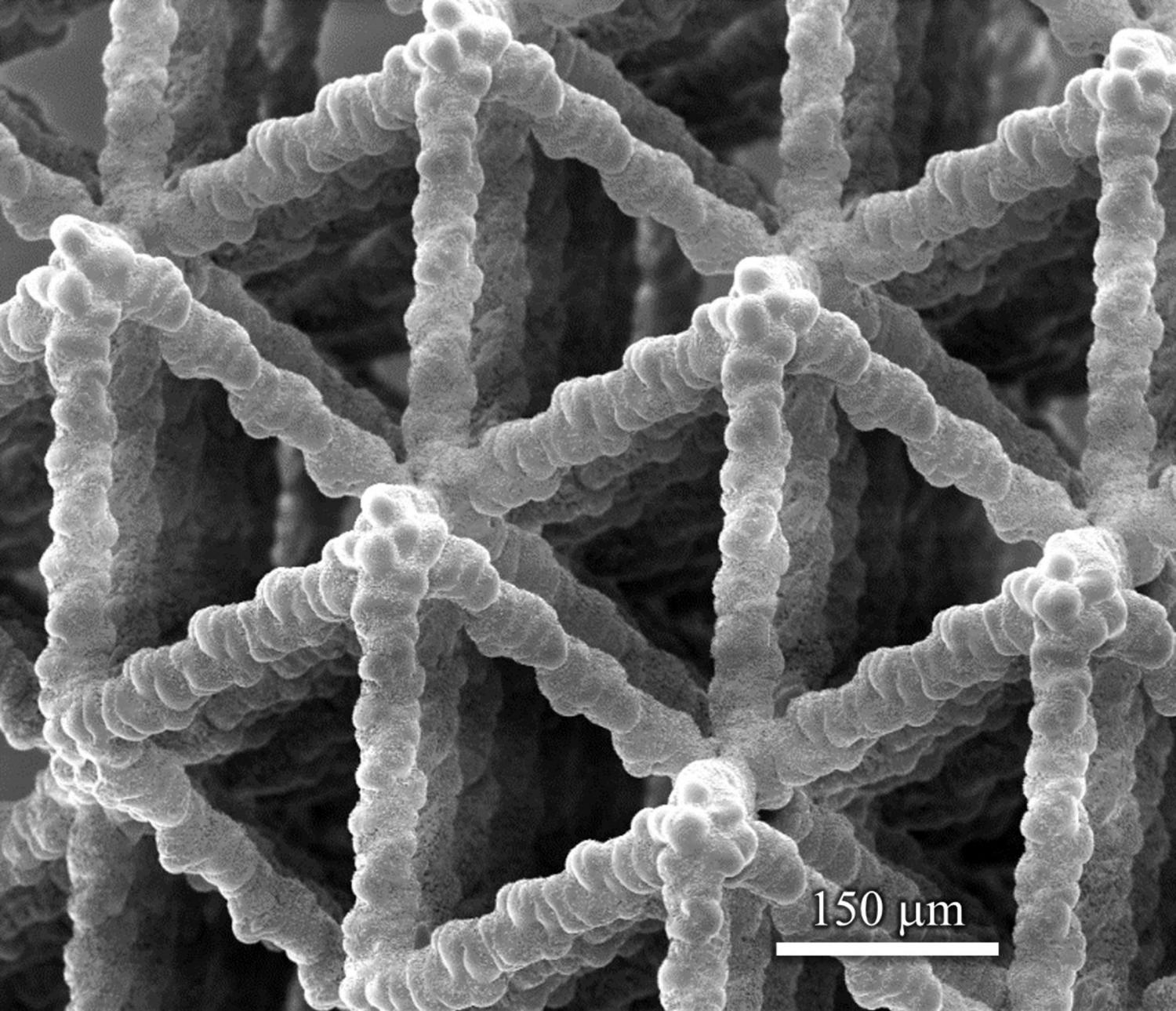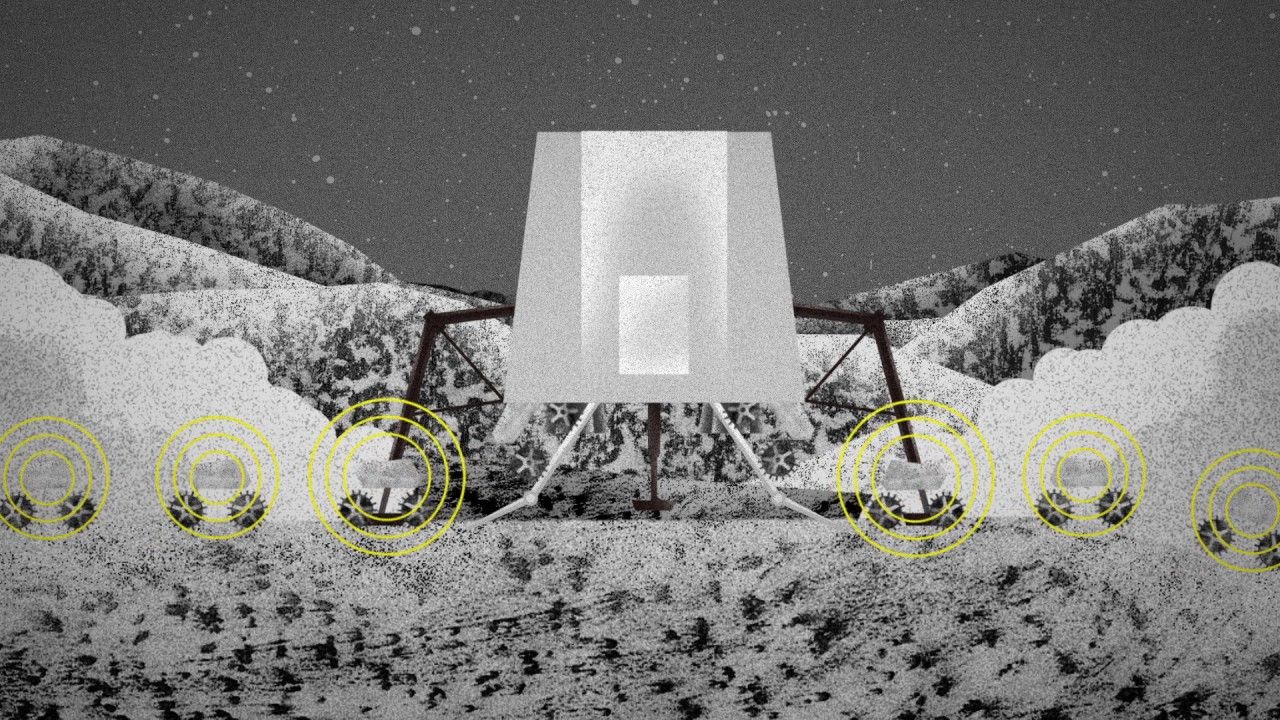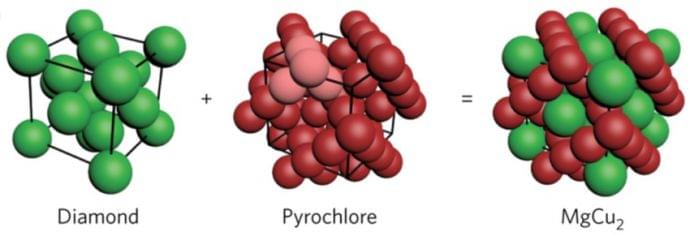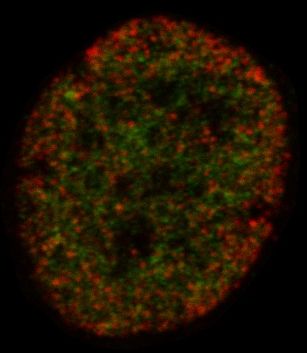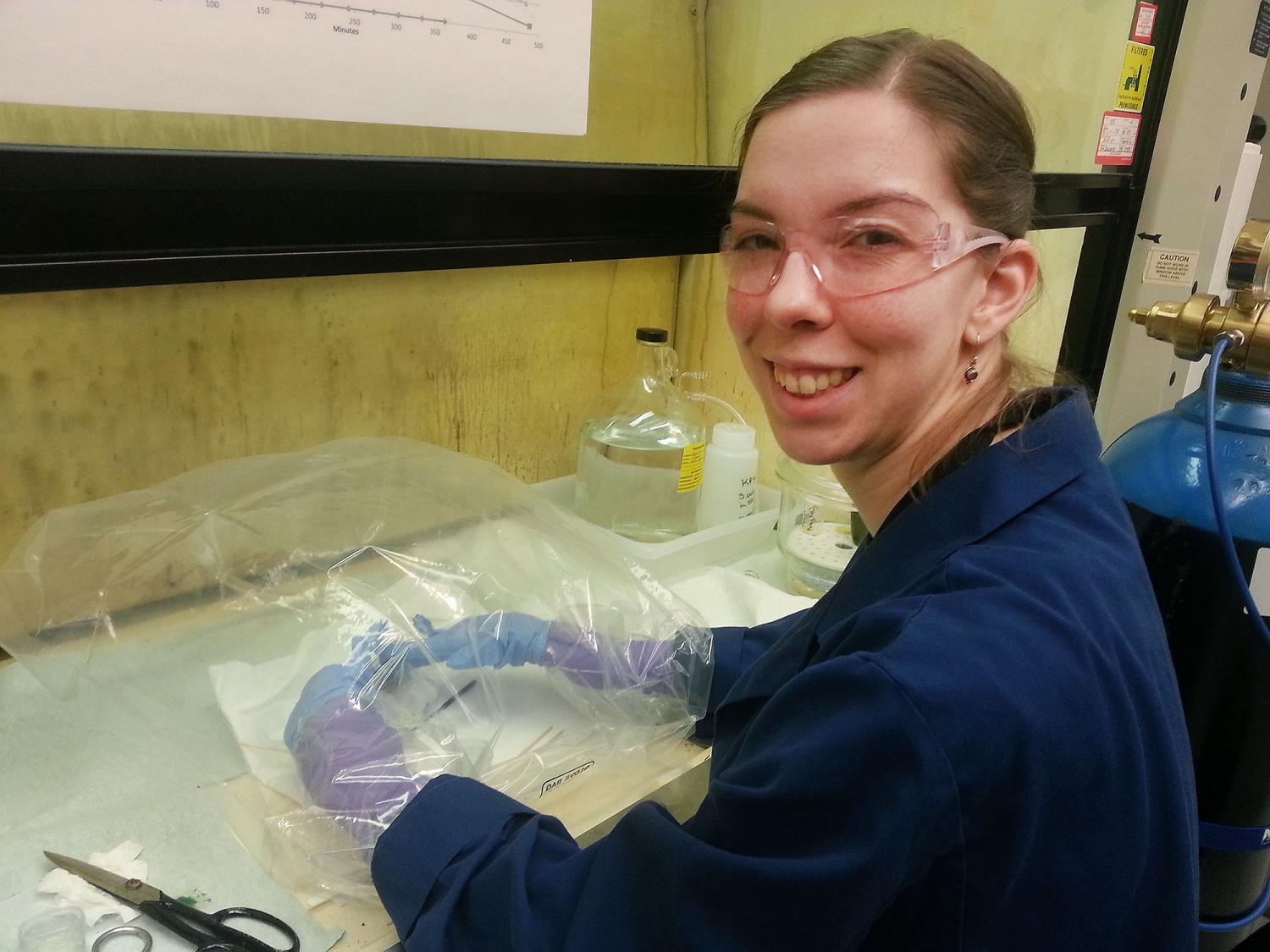Mar 7, 2017
NASA Wants to Launch a Giant Magnetic Field to Make Mars Habitable
Posted by Klaus Baldauf in categories: climatology, engineering, environmental, space
NASA scientists have proposed a bold plan that could give Mars its atmosphere back and make the Red Planet habitable for future generations of human colonists.
By launching a giant magnetic shield into space to protect Mars from solar winds, the space agency says we could restore the Red Planet’s atmosphere, and terraform the Martian environment so that liquid water flows on the surface once again.
Mars may seem like a cold, arid wasteland these days, but the Red Planet is thought to have once had a thick atmosphere that could have maintained deep oceans filled with liquid water, and a warmer, potentially habitable climate.
Continue reading “NASA Wants to Launch a Giant Magnetic Field to Make Mars Habitable” »

